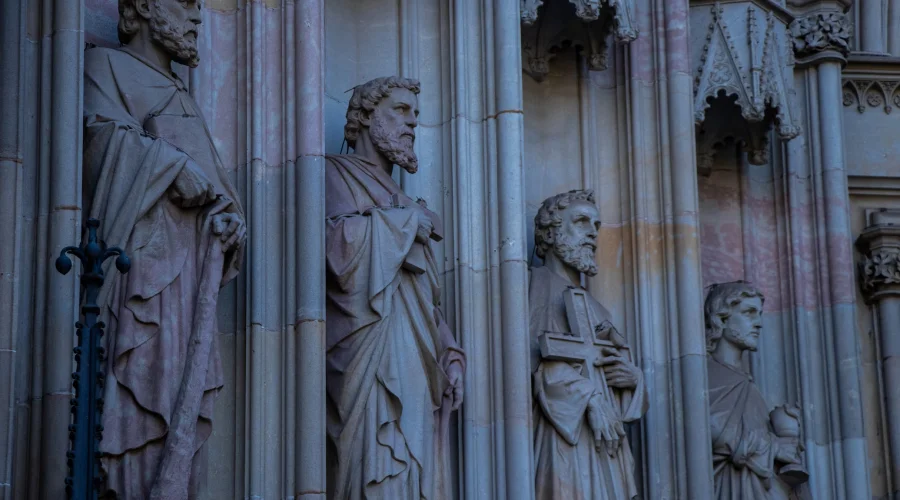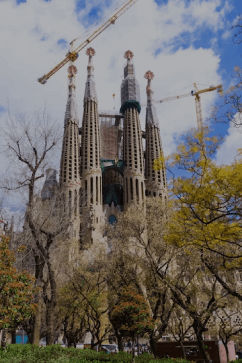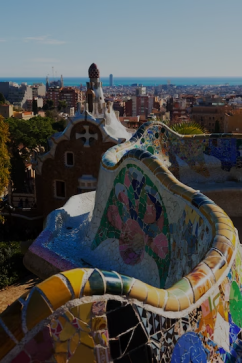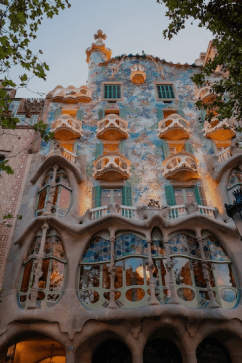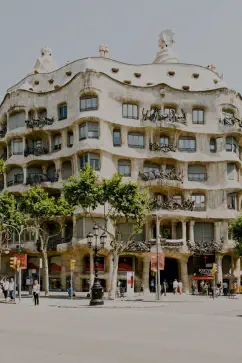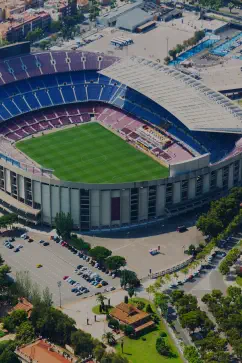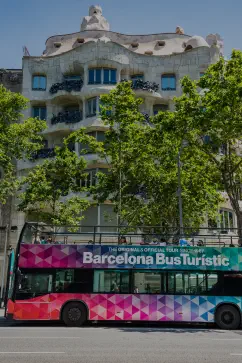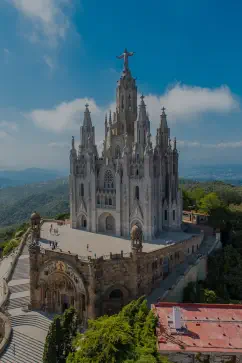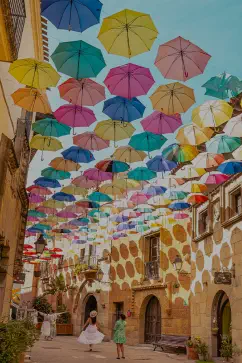Barcelona Cathedral

About the Barcelona Cathedral
Experience the captivating Barcelona Cathedral, an architectural marvel in Spain’s heart. The oldest Cathedral in Barcelona is a testament to centuries-long craftsmanship. Marvel at the 1337-consecrated High Altar, a white marble masterpiece honoring Saint Eulalia’s crypt, a revered martyr beneath. As you continue your journey inside this famous Church in Barcelona, discover the Choir’s splendor, showcasing Catalan Gothic art’s finest. Adjacent, the cloister features the intriguing Well of the Geese, tied to ‘Ou com Balla’ tradition. The Door of Saint Ivo amazes with symbolic reliefs. Inside, find the Sacristy, Sepulcher of Saint Raymond of Penyafort, and the Chapel of Saint Lucia. Explore the Barcelona Cathedral rooftop for a final wonder. Embrace its beauty, history, and spirituality in this renowned Church in Barcelona. Don’t miss this opportunity to witness the Barcelona Cathedral in Spain and book your tickets now.
History of the Barcelona Cathedral
The history of the Barcelona Cathedral, formally known as the Cathedral of the Holy Cross and Saint Eulalia (Catedral de la Santa Cruz y Santa Eulalia), is a journey through centuries of architectural and cultural evolution. As the oldest cathedral in Barcelona, its origins date back to the late 13th century, around 1298, on the site of an earlier Romanesque church. The intention was to create a grand house of worship befitting Barcelona’s growing importance as a trading and cultural hub. The initial phase of construction focused on the choir and sanctuary, with the main nave following in subsequent years.
Over the centuries, different architectural styles left their mark as the oldest cathedral in Barcelona. The primarily Gothic structure saw elements of Catalan Gothic, French Gothic, and Renaissance influences in its design. The facade, a magnificent example of Catalan Gothic, wasn’t completed until the 19th century.
Throughout its history, the Barcelona cathedral underwent various renovations, repairs, and additions. Its most recent restoration efforts aimed to preserve its historical integrity while making it accessible to modern visitors.
Today, the Barcelona Cathedral stands among one of the big cathedral in Barcelona setting breathtaking example of Catalan Gothic architecture, showcasing intricate details, stunning chapels, and a serene cloister. This cathedral in spain remains a cultural, historical, and spiritual focal point of the city, inviting both locals and tourists to explore its timeless beauty and embrace its profound significance.

Tips for your visit
- Secure Tickets in Advance: Avoid queues and save time by obtaining Barcelona Cathedral tickets beforehand.
- Time Your Visit: Try to visit early in the morning or late in the afternoon to avoid crowds and have a more peaceful experience.
- Enjoy the Rooftop View: Don’t miss the chance to ascend to the Barcelona Cathedral rooftop and experience breathtaking views of the city from above.
- Understand the Location Beforehand: This big cathedral in Barcelona is located in the heart of the city, offering easy accessibility to visitors. However, it’s essential to understand the location and route beforehand.
- Marvel at the Gothic Architecture: Take your time to wander through the hallowed halls of this cathedral in Spain and admire the remarkable Gothic and neo-Gothic design.
- Experience Peace and Reverence: Take a moment to soak in the peaceful atmosphere. You can also light a candle as a gesture of reverence.
- Check the Hours of Visit: Check the Barcelona Cathedral hours of operation to plan your visit accordingly and make the most of your time exploring this iconic landmark.
- Respect the Space: Remember that the cathedral is a place of worship. Speak softly, and turn off your phone or put it on silent.
Tickets
Barcelona Cathedral, one of the most famous Churches in Barcelona, offers two enticing ticket options for visitors. The first option, ‘Cathedral Visit,’ allows visitors to immerse themselves in the grandeur of the Cathedral, granting access to the Barcelona Cathedral rooftop, chapter hall, and an informative audioguide, all starting from just 11€.
For a more comprehensive experience, the second option, ‘Cathedral + Museum,’ includes access to the Cathedral’s rooftop, chapter hall, and audioguide, along with an enriching visit to the museum, all for the price of 15 €. Don’t miss this opportunity and book your Barcelona Cathedral tickets now!
How to arrive
To reach the famous Barcelona Cathedral, the big Cathedral in Barcelona, you have various convenient options.
By Metro: For the metro, head to Jaume I (Yellow Line L4) for a four-minute walk to the Barcelona Cathedral. Alternatively, take the Green Line (L3) to Liceu for a seven-minute walk.
By Bus: Go to Via Laietana – Pl Ramon Berengue bus stop for 47, 120, N8, N28, V15, or V17 buses, a three-minute walk from the Barcelona Cathedral. Or, La Rambla – Liceu stop for 59, V13 buses, a six-minute walk.
Taxi or Ride-Sharing: Taxis and ride-sharing services are available throughout the city. Just provide the driver with the name of the cathedral (“Catedral de Barcelona” or “Barcelona Cathedral”) as your destination.
